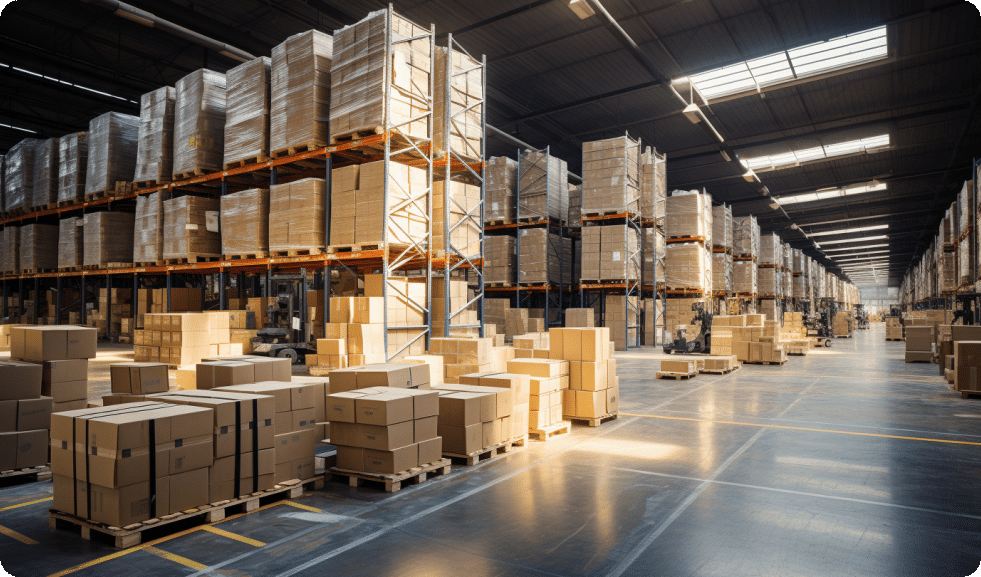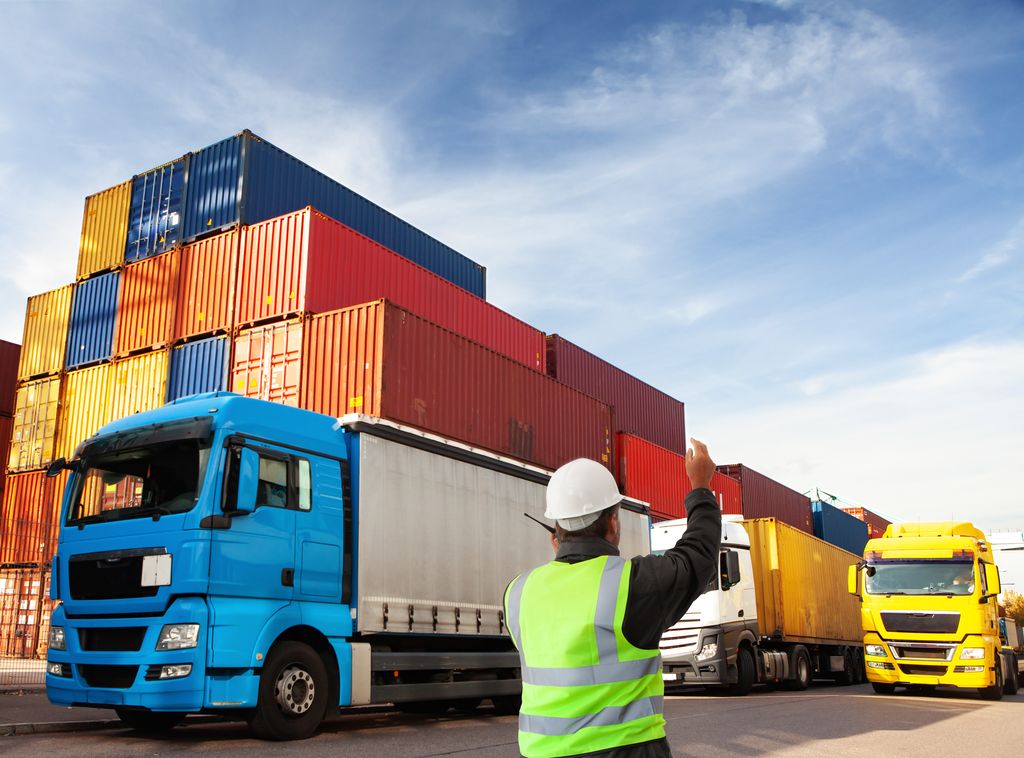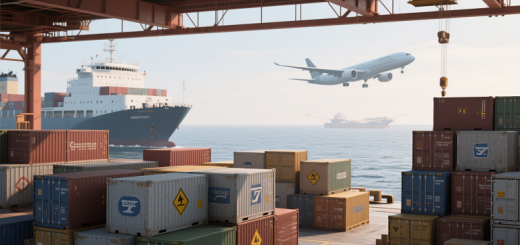Secure Your Shipments: Choosing a Trusted Consolidated Shipper from China (2025 Guide)
Introduction
In 2025, savvy buyers in Europe and North America face increasing logistics complexity. With trade policy shifts such as the elimination of the U.S. de minimis exemption for Chinese origin parcels, import tariffs, rising fuel cost surcharges, and fragile items at risk, consolidation shipping has become more than cost-saving—it’s essential. But not all consolidation shippers are created equal. This guide helps you select reliable, transparent, and service-driven consolidation partners to ensure secure, fast, and cost-effective shipping from China.

1. Understanding Consolidation and Why Trust Matters
Consolidated shipping brings together smaller supplier consignments at a warehouse in China (Shenzhen, Guangzhou, Shanghai), repacks and consolidates them into one cargo (sea LCL/FCL or air pallet), reducing multiple customs entries and cut costs per unit. Reliable providers like Cainiao, 4PX, Tonlexing, or Tier-1 forwarders offer services with:
- Professional warehouse operations
- QC inspection and photo evidence
- Dual-location presence (China + destination country)
- Transparent rate sheets and digital tracking
Trusting the wrong partner can result in lost goods, hidden fees, delayed customs clearance, and insurance claim headaches. ([turn0search2]turn0search6]turn0search8])
2. Five Key Criteria to Evaluate Consolidation Partners
| Criterion | Why It Matters |
|---|---|
| Proven track record (reviews/testimonials) | Ensures reliability and timely service. ([turn0search1]turn0search3]) |
| Warehouse infrastructure across hubs | Centralized receipt and fast consolidation. Providers like Tonlexing operate in Shenzhen, Shanghai, Ningbo, etc. ([turn0image2]turn0search5]) |
| Service options (Air pallet, LCL, FCL) | Enables you to scale by urgency, volume, and cost. |
| Clear pricing and auditing tools | Allows freight audit and avoids overcharges (customers often recover ~5–8%). ([turn0search16]turn0search4]) |
| Customs and insurance support | Ensures single-entry customs filing and adequate 110% CIF coverage for valuable items. |
3. How to Vet Your Consolidated Shipping Provider
- Read verified reviews — online marketplaces, Reddit threads, or LinkedIn on forwarder reliability. ([turn0search1]turn0search11])
- Check warehouse location availability — a provider present in your supplier’s city avoids delays.
- Request a sample rate sheet for LCL, air pallet, and FCL, including all surcharges (BAF, THC/AWB, SSF).
- Ask about consolidation cut-off times, free storage duration (usually 14–21 days), and photo documentation service.
- Confirm tracking platform access, multi-stage visibility, and invoice format.
- Sample cargo audit/report extraction allowing you to verify charges physically.
- Insurance claims process clarity—how easily you can claim, typical TAT, and compensation limits.

4. Consolidation Workflow with a Trusted Shipper
Step 1: Supplier deliveries to designated hub
Suppliers ship to your consolidation agent’s warehouse using your client code. Goods are photo-documented, labeled, and checked-in.
Step 2: QC & merge-in-transit
Your forwarder inspects items, provides tally & volume data, and groups SKUs. This enables early booking of air or sea space.
Step 3: Mode selection and booking
Choose air pallet (3–7 days), sea LCL (25–35 days), or shared FCL (25–40 days). Provider issues one MAWB or MBL and all export docs.
Step 4: Export processing
Shipper handles export customs, arranges space with carriers (COSCO, CMA CGM, etc.). ([turn0search17])
Step 5: Customs entry at destination
Only one customs declaration required per consolidated shipment, reducing brokerage costs and approval risk.
Step 6: Inland delivery & audit
Last-mile logistics arranged DDP or DDU. Digital invoice includes line items for freight, surcharges, customs duty—ready for audit. ([turn0search16]turn0search4])
5. Risk Mitigation: Protecting Your Shipments
- Insist on insurance: carrier liability is minimal (~USD 2.50/kg). Use third-party marine insurance covering inland legs.
- Photo documentation: Unopened pallet photos at warehouse, loading, and departure are essential for claims.
- Clear packaging: Ask suppliers to use tight cartons, void fill, and label “fragile.”
- Avoid wrong warehouse option: air-only vs. ocean-only hubs. Incorrect selection may lead to delays. ([turn0search11])
6. Freight Audit: Why It’s Critical
Overcharges on dimensions, fuel surcharge rounding, or repeating handling fees are common. Performing a freight audit may recover 5–8% of total freight spend. Many consolidated providers integrate auditing tools or allow invoice uploads into APIs. ([turn0search16]turn0search4])
7. 2025 Policy & Tariff Landscape: Why Consolidation Matters
- As of May 2025, U.S. eliminated the de minimis exemption for Chinese parcels—making multiple small shipments much costlier.
- Section 301 tariffs can add 25–30%+ duty depending on product category.
- Consolidated shipping reduces number of customs events, minimizing costs per parcel.
- EU is expected to tighten its own de minimis in 2026—another consolidation eligibility driver.
8. Example Costs: Europe & North America Scenarios
Scenario A: 3 CBM freight to U.S.
| Mode | Freight | Surcharges | Customs/Truck | Total |
|---|---|---|---|---|
| Air Pallet (300 kg) | $1,600 | $240 (BAF) + $60 SSF/AWB | $60 | $1,960 |
| LCL Ocean | $240 (3 CBM × $80) | $36 BAF + $120 THC | $120 | $516 |
Air pallet is faster (~3–7 days); sea LCL is cheapest per CBM.
Scenario B: 15 CBM shared FCL
FCL freight $2,200 (20′ container). Shared among 3 importers (~$733 each). Clearance/inland ~$150. Consolidated route reduces customs hassles vs parcel shipping.
9. Selecting a Consolidated Partner: Comparison Table
| Feature | Recommended Practice |
|---|---|
| Warehouse locations | At least two major hubs (e.g., Shenzhen + Shanghai) |
| Insurance coverage | Built-in 110% CIF + inland leg coverage |
| Consolidation options | Air pallet, ocean LCL, shared FCL available |
| Digital tools | Real-time tracking, audit tools, dashboard |
| Transparent contracts | Clear terms on surcharges, warehouse days, claim windows |
| Customer support | English-language support, escalation channels |
| Testimonials/reviews | Look for consistent positive feedback |
10. Conclusion: Secure, Scalable, & Cost-Efficient Consolidation
Choosing a trusted consolidated shipper —one with good infrastructure, transparency, track record, and digital tools—ensures your China imports arrive securely, predictably, and affordably. As global trade policies tighten, consolidation isn’t just an option—it’s the smart strategic choice.

